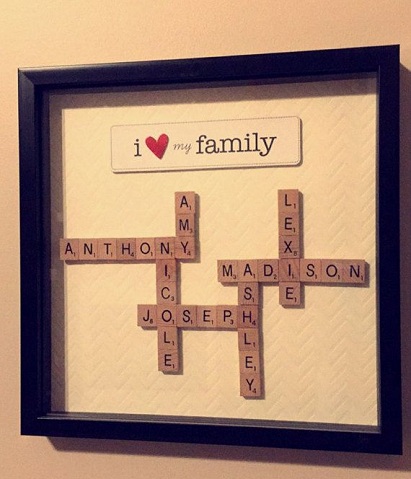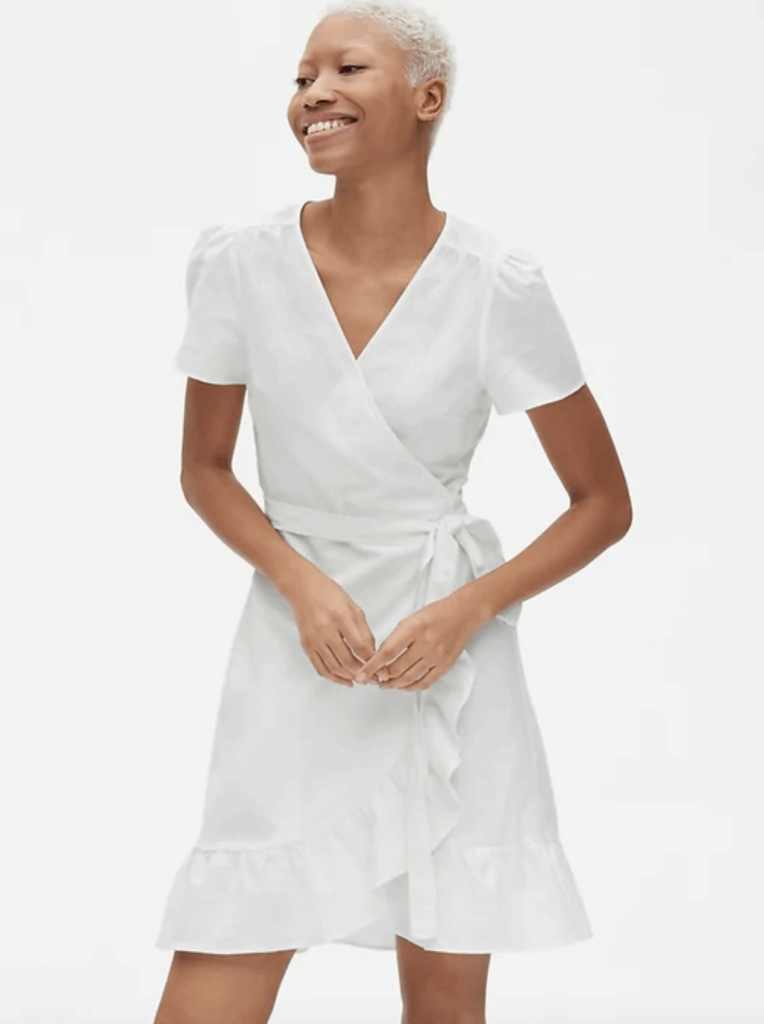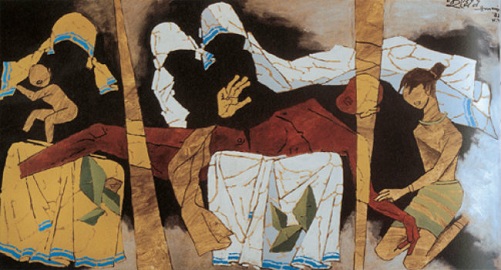9 Popular Telugu Art Rangoli Designs that Look So Unique
Rangolis are a form of folk art which are practiced in India during festivals and occasions. Rangoli Telugu name is muggulu. These have different ways of acceptance, with different names, ideas and concept, all over the country and thus even the Telugu people have their own way of making and defining rangolis. Like Tamil people these are also referred to as Kolam designs and they have a definite pattern which is usually followed by the natives of the states.
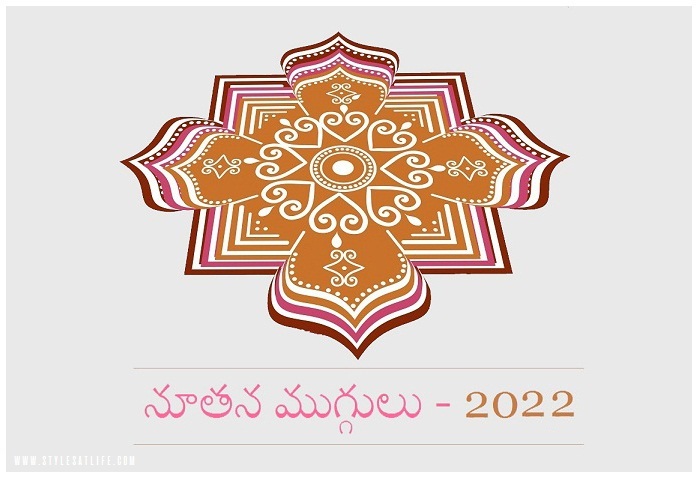
Modern Telugu Rangoli Designs with Pictures:
Here we list out some best rangoli designs by Telugu art that make it look so beautiful.
1. Circular Patterns:

Circular patterns have always been common in rangolis. People get a lot of options and variations to put inside the circle and they acts as the best possible outlines. Here we have three layers of circles, one on top of the other, which range from small to big and designed and colored in a colorful manner with rangolis of blue, pink, red, green, yellow, etc.
2. Sankranthi Rangoli Designs:
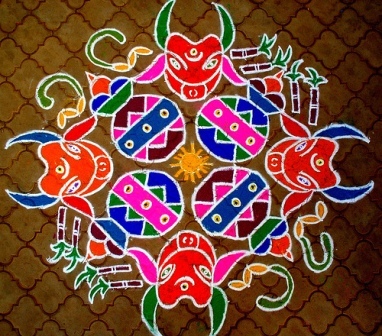
We have a small and a vibrant rangoli in the picture above. There are four faces of bulls drawn in four corners and they have been colored in shocking vermilion color. The bulls have probably been painted as a religious sign which could be as ‘Nandi’ the Bull of Lord Shiva. We also see four vase shaped utensils decorated with plants and trees on top.
3. Floral Rangoli Design:
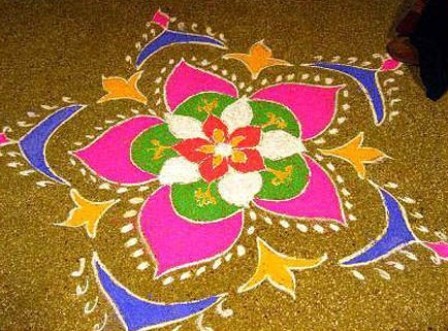
Floral patterns are pretty common when it comes to rangolis and even the Telugu people never fail to adapt this sort of a design. The fine outlines had been made in white base and then colored with bright colors of pink, blue and green. The part in the middle consists of a three similar shaped flowers in three sizes and three colors.
See More: Rangoli Designs For Corners
4. Rangoli Designs For Occasion:
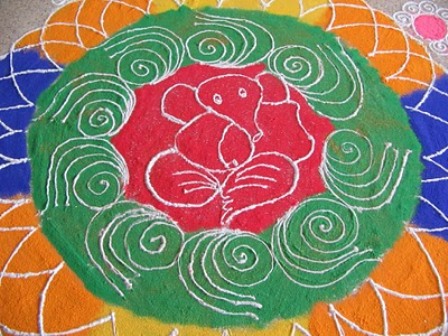
A combination of orange and blue has been made for the outer layer and then decorated with a design of white. It has been then colored in green followed by red with patterns on then, along with a similar portrait of Ganapati we saw above.



